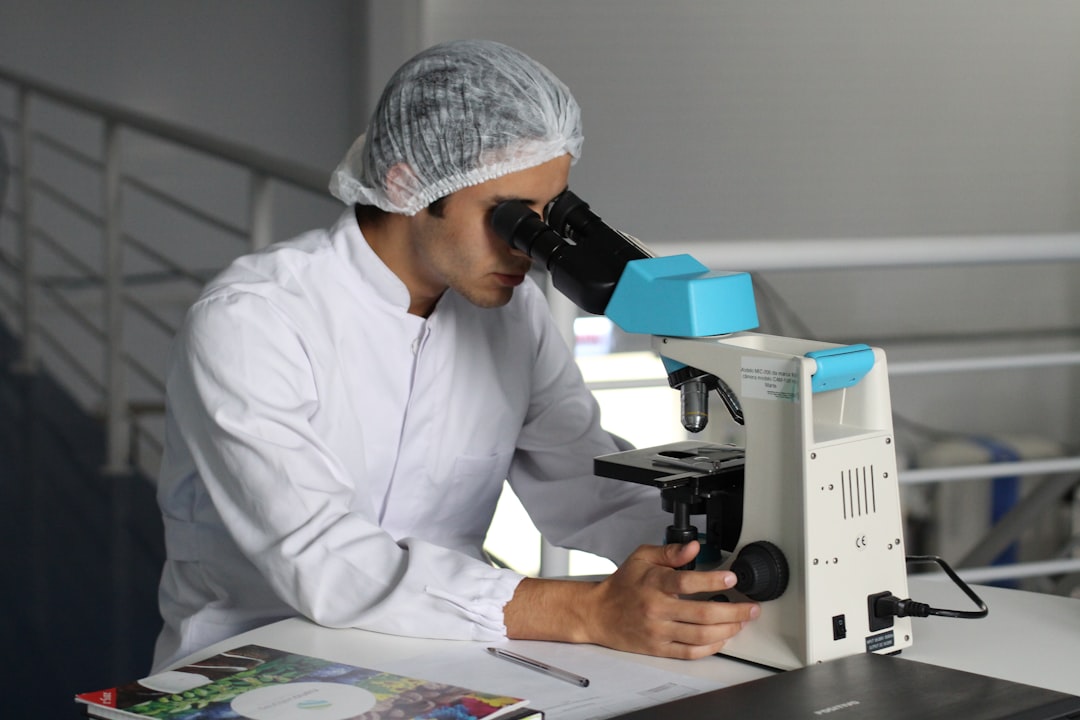What is it about?
Modulating the voltage across a polymer film is modulating also its optical properties. This can be exploited to monitor both the nonlinear properties of the material as well as the redistribution of space charge inside the thin film, comprising its depletion regions at the interfaces.
Featured Image
Why is it important?
The nice assett here is to include the electro-absorption (EA) technique as a specific case of the wider electro-optic (EO) one in the context of a unified theory. Both the EA and EO techniques are modulational investigation tools which are used for the retrieving of the optical nonlinearities and space charges effects. These are involved in a series of opto-electronic material and devices which span from bulk to thin films, from inorganic to organic, and from light-emitting to light harvesting as well as modulator applications. An original extension of the Debye Huckel screening of the electric field is presented to model the depletion layers at the two interfaces.
Perspectives
The EA is simpler and faster to implement because it doesn't rely on polarization control. The EO can achieve more precision by means of a cross-polarized configuration. The EO scheme is indeed both modulational and interferometric: it transforms the interference between two cross-polarized waves into an intensity signal, by projecting the two onto a common basis, and adding an arbitrary phase difference allows to achieve the best working configuration. Such techniques can be used in both reflection and trasmission modes and specific applicative cases can benefit from the use of either EA or EO technique or from a combination of the two. Their applications can involve surface plasmon polariton (SPP) studies in metals for the visible range or the growing field of transparent conductive oxides (TCO) for the infrared SPPs as well as Bloch surface waves on multilayer dielectric stacks. The unified theory frame can be extended also to all-optical modulational techniques such as photo-induced absorption (PIA).
Dr Lorenzo Dominici
CNR NANOTEC, Institute of Nanotechnology
Read the Original
This page is a summary of: Comparative study of space-charge effects in polymer light emitting diodes by means of reflection electro-optic and electroabsorption techniques, Physical Review B, February 2004, American Physical Society (APS),
DOI: 10.1103/physrevb.69.054201.
You can read the full text:
Contributors
The following have contributed to this page










